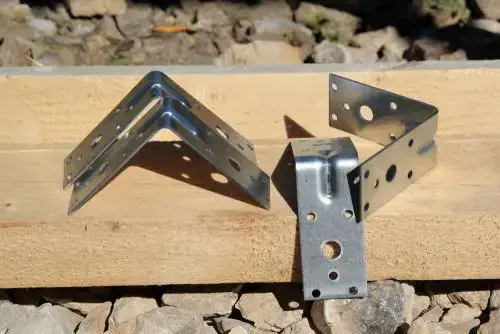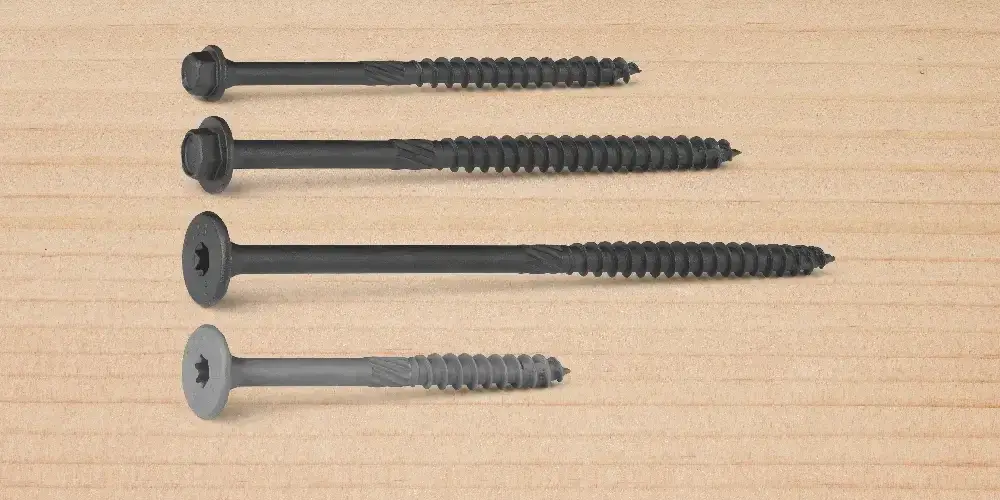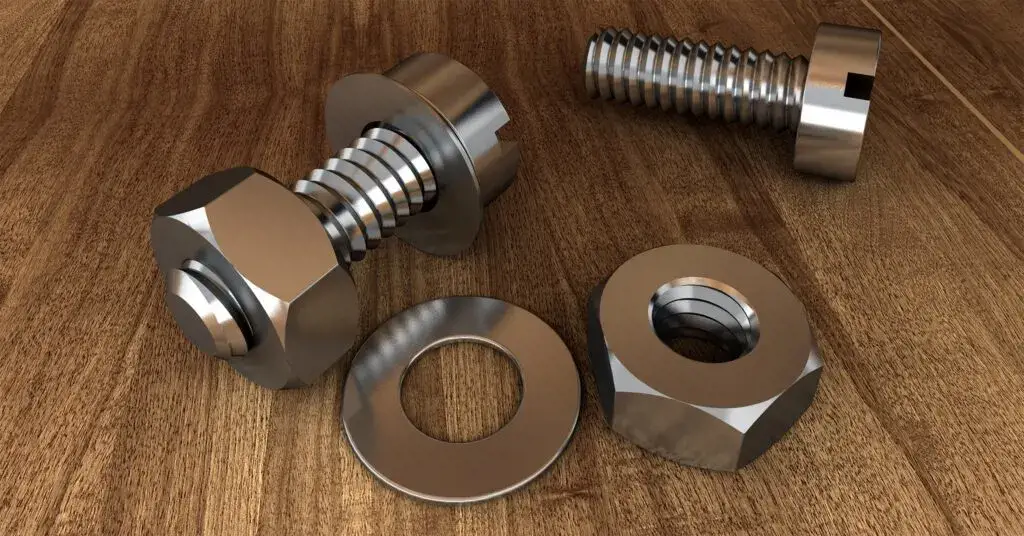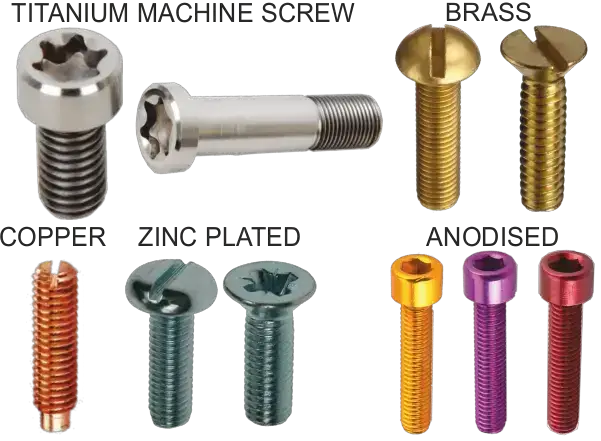If you are involved in shipping container construction, you understand the crucial role that attaching studs plays in the process. These studs are essential for reinforcing the structural integrity of the container, ensuring a solid foundation for any construction project.
By properly attaching studs to shipping containers, you can unlock a range of benefits. Firstly, studs provide vertical support, allowing you to create interior walls and dividers, maximizing the usable space and improving the overall functionality of the container. They also offer insulation possibilities, helping to regulate temperature and reduce energy costs.
Using studs in container construction requires careful consideration. Factors such as the type and size of the studs, insulation requirements, and potential load-bearing capabilities need to be taken into account.
However, with the right expertise and planning, attaching studs can transform a shipping container into a versatile and durable construction unit.
This topic is highly relevant in the broader field of shipping container construction. As the world embraces sustainable and cost-effective building solutions, repurposing shipping containers has gained popularity.
Attaching studs to shipping containers opens up endless possibilities for creating modular homes, offices, and innovative architectural structures, offering a unique blend of convenience, affordability, and eco-friendliness.
Table of Contents
The Basics of Shipping Containers
Shipping containers are an essential component of global trade and transportation. These containers are designed to withstand the rigors of long-distance travel while protecting their contents from various external elements.
Typically made of steel, shipping containers are known for their durability and strength. They are available in various sizes, with the most common dimensions being 20 feet in length, 8 feet in width, and 8.5 feet in height. However, there are also larger containers, such as 40 feet in length, for more extensive cargo.
One of the defining features of shipping containers is their load-bearing capabilities. Thanks to their steel walls and structural integrity, they can support significant weight both vertically and horizontally. This makes them an ideal choice for repurposing into various construction projects.
Shipping containers can be modified to suit different needs and purposes. Their solid structure allows for easy attachment of additional components, enabling their transformation into living spaces, offices, or even temporary pop-up stores.
With the right modifications, shipping containers offer endless possibilities for innovative construction solutions.
Framing Techniques for Container Homes

Framing is a crucial aspect of container construction as it plays a vital role in supporting the overall structure. Without proper framing techniques, container homes may lack structural integrity and stability.
One key component of framing in container construction is the use of studs. These vertical supports are essential for strengthening the walls of the shipping container. They provide stability and support, ensuring that the structure can withstand various external forces.
There are different framing techniques commonly used in container home construction. Two of the most popular options are wood and steel. Wood framing is a traditional and cost-effective choice, offering versatility and ease of installation.
On the other hand, steel framing provides exceptional strength and durability, making it ideal for those seeking a robust structure.
When it comes to attaching studs to steel walls, careful consideration must be given to the fastening methods.
It is essential to use techniques that securely join the studs to the walls, ensuring stability and structural integrity. Various fastening methods, such as welding or using specialized anchoring systems, can be employed to achieve this.
Read More on Luxury Container Hotels – Offering Unique Experiences
Welding Studs to Shipping Container Walls
One method commonly used for fastening studs to steel walls is welding. This involves melting the metal of the stud and the steel wall to fuse them together. Welding creates a strong bond, ensuring that the studs are firmly attached.
Use of Anchoring Systems
Anchoring Systems: Another option is to use specialized anchoring systems designed specifically for container modifications.
These systems typically include brackets or clips that secure the studs to the walls without the need for welding. They offer convenience and versatility, allowing for easy installation and adjustment if needed.
Regardless of the chosen fastening method, it is essential to follow proper load-bearing considerations. Container homes may undergo various external forces, such as wind or snow loads, and the framing must be designed to handle these loads.
Consulting with a structural engineer can help ensure that the framing can support the intended use and local building regulations.
Stay tuned for the next part of our container home series, where we will explore insulation options for creating a comfortable and energy-efficient living space within a shipping container.
Read More on How to Select a Perfect Roof for Your Shipping Container Home
Attaching Studs to Steel Walls
When it comes to building container homes, one key aspect is attaching studs to the steel walls of shipping containers. However, this process comes with its own unique set of challenges and considerations.
Challenges and Considerations
Steel walls can be difficult to work with due to their durability and strength. Here are some challenges and considerations to keep in mind:
- The thickness of the steel: The steel used in shipping containers is typically thicker than traditional drywall or wood. This means you’ll need specialized tools and techniques for attaching studs.
- Cutting through the steel: Creating openings for windows, doors, and electrical outlets requires precision cutting tools designed for steel.
- Structural integrity: As you attach studs, it’s crucial to maintain the structural integrity of the container. Consider the load-bearing capabilities of the steel walls and design accordingly.
- Condensation and moisture control: Steel walls can be prone to condensation, leading to potential moisture-related issues. Proper insulation and moisture barriers should be implemented to prevent damage.
Step-by-Step Instructions
To securely attach studs to the container’s steel walls, follow these step-by-step instructions:
- Measure and mark the desired locations for the studs on the walls.
- Pre-drill pilot holes in the steel walls at the marked locations using a specialized drill bit designed for metal.
- Align the studs with the pilot holes and use self-tapping screws designed for steel to attach them firmly to the walls.
- Ensure the studs are level and plumb using a level, as this will impact the overall stability and reliability of the structure.
- Repeat the process for each stud, leaving the necessary spacing for windows, doors, and electrical outlets.
Read More on How To Join Two Shipping Containers Together
Tools and Materials Required
Before starting the attachment process, gather these tools and materials:
- Specialized drill bits for metal
- Self-tapping screws designed for steel
- A level for accuracy
- Measuring tape and marking tools
Safety Precautions
When attaching studs to steel walls, it’s important to prioritize safety. Be sure to:
- Wear proper safety gear, including gloves and safety glasses, to protect against potential injuries.
- Use caution when operating tools and follow manufacturer instructions.
- Securely fasten the studs to ensure a sturdy and safe structure.
By following these steps and considering the challenges and precautions, you can successfully attach studs to the steel walls of your shipping container, setting a solid foundation for your container home construction.

- Has a powerful 6-in-1 MIG welder.
- Synergic MIG: Digital control and automatically match the recommend current and wire feeding speed when selecting the diameter of welding wire and gas material.
- Multifunctional Welder - This welder features special functions including adaptive crater, burn-back adjustment and pre-flow/post-flow.
- Large LED Display.
- Great Service and a 2-year warranty.

- Multi-process Cabilities - A versatile machine that has MIG, DC TIG, and stick.
- Dual-voltage - 120- or 240-volt power receptacles.
- Easy-to-use interface - 2 knobs and a process button makes setting up or changing over quick.
Fastening Methods for Container Modifications
When it comes to attaching studs to shipping container walls for your modification project, there are several fastening methods to consider.
These methods can be categorized into direct and indirect attachment techniques, each with its own set of advantages and disadvantages.
Direct Attachment Techniques
- Welding: One common method for attaching studs directly to container walls is through welding. This involves melting and fusing the studs with the steel walls, creating a strong and durable connection. Welding provides excellent structural integrity but requires specialized equipment and skills.
- Bolting: Bolting is another option for directly fastening studs to container walls. This method involves drilling holes into the steel walls and using bolts and nuts to secure the studs in place. Bolting offers flexibility as studs can be easily removed or repositioned if needed. However, it may weaken the structural integrity of the container if not executed properly.
Indirect Attachment Techniques

- Specialty Brackets: Using specialty brackets is an indirect method of attaching studs to the container walls. These brackets are specifically designed to provide a secure connection between the studs and the container structure. They often come with pre-drilled holes or hooks for easy installation. While this method might not offer the same strength as welding or bolting, it provides a less invasive option that doesn’t require modifying the container walls.
When choosing a fastening method, it’s important to consider the specific requirements of your project. Welding and bolting offer a higher level of stability and strength but may require additional equipment and expertise.
Specialty brackets, on the other hand, provide a simpler and less time-consuming solution but may not be as durable in certain scenarios.
To ensure a secure and long-lasting attachment of studs to the container structure, it’s crucial to follow best practices. This includes properly preparing the container walls, using high-quality materials, and maintaining proper spacing and alignment of the studs.
Consulting with a professional or structural engineer can also provide valuable guidance to ensure your modifications meet safety standards.
Read More on An Excellent Guide for Shipping Container Home Foundation
Is it Possible to Screw Anything Into a Shipping Container?
Yes, but only if the surface is flat and smooth. Most containers have a rough surface making them unsuitable for screwing anything into them.
If the surface is flat and smooth, you can use screws to fasten your items to the container without any problems.
Types of Screws to Use in Your Shipping Container
Any screw will work if it fits appropriately into the pre-drilled holes on your item or in your ship container. There are many different types of screws available today, including:
Structural Screws (Wood Screws)

They are used to attach lumber to other or pressure-treated lumber. They come in various diameters and lengths with either square or round heads, although the most common are square heads.
Read More on Shipping Container Home Foundation Ideas: Ultimate Guide
Drywall Screws
Used to attach drywall to studs or joists. They have sharp points that make it easy to go through the drywall paper into the wood framing behind it, but they don’t hold as well as structural screws because they don’t go through the wood framing.
Lag Bolts/Studs (Steel Bolts)

Lag bolts/studs are large steel bolts that go through two pieces of material at once and are held together by nuts on both ends of the bolt.
They’re commonly used for attaching decking boards onto joists or rafters from below so that only one side needs to be drilled into place.
Machine Screws

Machine screws have blunt points that also penetrate easily into the wood and some plastics, but they don’t cut their slot as they go in as a wood screw does; instead, they rely on friction between their threads and those of the nut or bolt head to pull them tight once they’re driving them through whatever object they’re attaching to.
Read More on 20 Best Interior Design Ideas For Beautiful Shipping Container Homes
Stainless Steel Self-Drilling Screws
These have a star-shaped head that helps them drill their hole into the surface they’re being driven into, so you don’t need to pre-drill.
They’re often used for outdoor projects like decking and fencing, where moisture can cause regular screws to rust.
Stainless Steel Sheet Metal Screws
These have parallel threads, so they won’t spin out of place when driving them into sheet metal or thin metal plates (like aluminum).
They’re also great for attaching plastic trim pieces because they won’t leave any unwanted holes behind in thin plastic after you remove them again later.
How to Determine the Size of the Screw for a Shipping Container
Shipping containers have a standard size and screw holes designed to accept a specific size of screw. If you have no idea what size screws to use, we recommend using 1/2″ x 3/8″ flathead screws.
They are common and available at most hardware stores. You should be able to find these in any length up to 2″.
Determining the Correct Length of the Screw for a Shipping Container
The thickness of your material determines the length of your screw. The more material you need to penetrate, the longer your screw will be.
Also, consider the thickness of your drill bit for drilling pilot holes for your screws. This can affect how much material will be removed from the hole, which helps determine how long your screw needs.
Read More on Experience Luxury Living In Tasmania With Stunning Container Homes
Things to Consider Before Choosing a Screw Type for Your Shipping Container
There are various types and sizes of screws. When choosing a screw to use in your project, it’s essential to consider the following factors:
Material
Different materials have different properties that affect how they can be fastened together.
For example, metal is stronger than wood but harder to drive into; therefore, you’ll need a different type of screw if you fasten metal onto wood or vice versa.
Head Type
The head of a screw is the part that prevents it from falling out once it’s been driven in place.
Choosing a head type depends on what kind of surface you’re driving into, if it’s a soft material like wood or plastic, then a flathead screwdriver will work best; if it’s hard material like metal or concrete, then you’ll need something with a more aggressive grip like an Allen key or hexagonal wrench head.
Read More on Luxury Container Homes In South Africa: Incredible Concepts
Thread Pitch
This refers to the distance between threads on the screw’s shank or body. The higher this number is, the more torque can be applied without damaging the threading.
Piston screws have a higher thread pitch than other types because they’re designed for heavy-duty applications like holding large equipment or machines carrying heavy loads.
Diameter
The diameter of a screw refers to its thickness from top to bottom. A large-diameter screw will have more threads per inch than a small one, which means it will be more robust and expensive because it requires more material.
Read More on Are Container Homes Legal in Miami? Find Out the Facts!
Load-Bearing Considerations for Container Construction
In any container construction project, load-bearing is a crucial aspect to consider for ensuring the overall structural integrity of the structure. The attachment of studs plays a significant role in achieving this objective.
One of the primary goals when attaching studs to shipping container walls is to distribute weight evenly throughout the structure. This even distribution helps to prevent excessive stress on specific areas, reducing the risk of structural damage or failure.
Vertical loads, such as the weight of the roof or upper floors, also need to be properly supported. Attaching studs securely to the container’s steel walls provides the necessary strength and stability to bear these vertical loads effectively.
When attaching studs to a shipping container, it is essential to consider load calculations and guidelines to ensure a safe and stable structure.
These calculations involve evaluating the weight-bearing capacity of the container and its walls, as well as the configuration and positioning of the studs.
Proper positioning of studs, along with appropriate fastening methods, is crucial to ensure that they securely support the loads and transfer the weight to the container walls. Additionally, reinforcing studs with connectors or brackets further enhances their load-bearing capabilities.
Considerations should also be given to factors such as wind and seismic loads, as these external forces can impact the load-bearing capacity of the structure. Consulting with structural engineers or professionals experienced in container construction can provide valuable insights and guidance in these areas.
By adhering to load calculations and following load-bearing guidelines when attaching studs, container construction projects can achieve a safe and stable structure that withstands the desired loads and provides a durable living or working space.
Read More on Shipping Container Homes In Arizona: Stylish And Affordable
Insulation Options for Container Homes
When it comes to insulation in container homes, there are a variety of materials and techniques available. However, the challenges and opportunities presented by attaching studs to the container walls must be considered.
The attachment of studs can affect insulation installation in container structures. It is important to choose insulation materials that can be easily installed around the studs and provide maximum efficiency.
One popular option for insulation in container homes is spray foam. This versatile material can effectively seal gaps and provide a high level of insulation. When attaching studs, it is important to leave enough space for the spray foam to be applied evenly and ensure a proper seal.
Another option is rigid foam insulation. This type of insulation can be attached directly to the container walls, providing both insulation and structural support. When attaching studs, the rigid foam insulation can be cut to fit securely between them, creating a tightly sealed and well-insulated structure.
Fiberglass insulation is also commonly used in container homes. When attaching studs, it is important to carefully install the fiberglass insulation between them, ensuring a snug fit and minimal gaps. This will help to prevent any air leakage and ensure efficient insulation.
It is worth noting that when installing insulation in container homes, vapor barriers should also be considered. These barriers can help to prevent moisture buildup and maintain a controlled climate inside the container structure.
For effective insulation installation in container homes, it is recommended to seek professional advice. Proper insulation can greatly improve the comfort and energy efficiency of a container home, making it a more sustainable and livable space.
Read More on Shipping Container Homes In Oklahoma: Stylish and Sustainable
Building Codes and Regulations for Container Structures
When it comes to constructing shipping container homes, it is crucial to understand and adhere to building codes and regulations.
These regulations not only ensure the safety and structural integrity of your container structure but also provide guidelines for permits and inspections.
One important aspect to consider is the attachment of studs to the steel walls of the shipping container. The specific regulations and permits required for this step may vary depending on your location. It is essential to familiarize yourself with the local building codes to avoid any legal issues or complications.
Local authorities typically have guidelines in place to ensure that any modifications made to shipping containers meet certain standards.
This may involve specific requirements for attaching studs securely to the container walls, such as using certain fastening methods or materials.
It is crucial to consult with local authorities or experts who are well-versed in the building codes and regulations applicable to your area. They can provide valuable insights and guidance on the specific requirements for attaching studs to shipping containers.
By seeking professional advice and adhering to the relevant building codes and regulations, you can ensure that your container structure meets the necessary standards for safety and compliance. This not only safeguards the occupants of the structure but also helps you avoid any legal complications down the line.
Read More on How Much Is A Container Home in Florida? Your Ultimate Guide
Conclusion
In conclusion, attaching studs to shipping containers is a crucial step in the construction of container homes.
Throughout this content series, we have covered the basics of shipping containers, framing techniques, fastening methods, load-bearing considerations, insulation options, and building codes and regulations for container structures.
We have emphasized the importance of proper stud attachment, as it provides structural integrity and stability to the container home. By securely fastening studs to the steel walls, you can create a solid framework for your construction project.
It is essential to follow the recommended methods and techniques for attaching studs to shipping containers to ensure the safety and durability of your container home. By doing so, you can minimize the risk of structural issues and create a strong and robust living space.
If you want to delve deeper into the topic of attaching studs to shipping containers, we encourage you to explore related resources and further your knowledge.
Home Episode 4 provides additional insights into container construction, while Insulated roofing offers valuable information on insulation for container homes. Structure information is also a great resource for gaining a comprehensive understanding of container construction.
Stay tuned for the next episode or article in this content series, where we will continue to provide valuable information and insights into shipping container construction. Together, we can create innovative and sustainable living spaces using these versatile structures!
Read More on Shipping Container Homes in Oregon: Sustainability And Style


